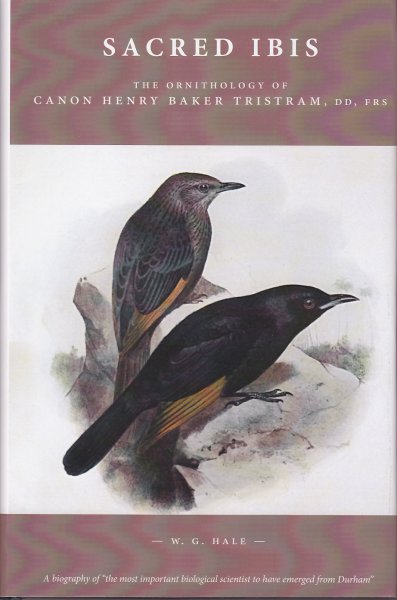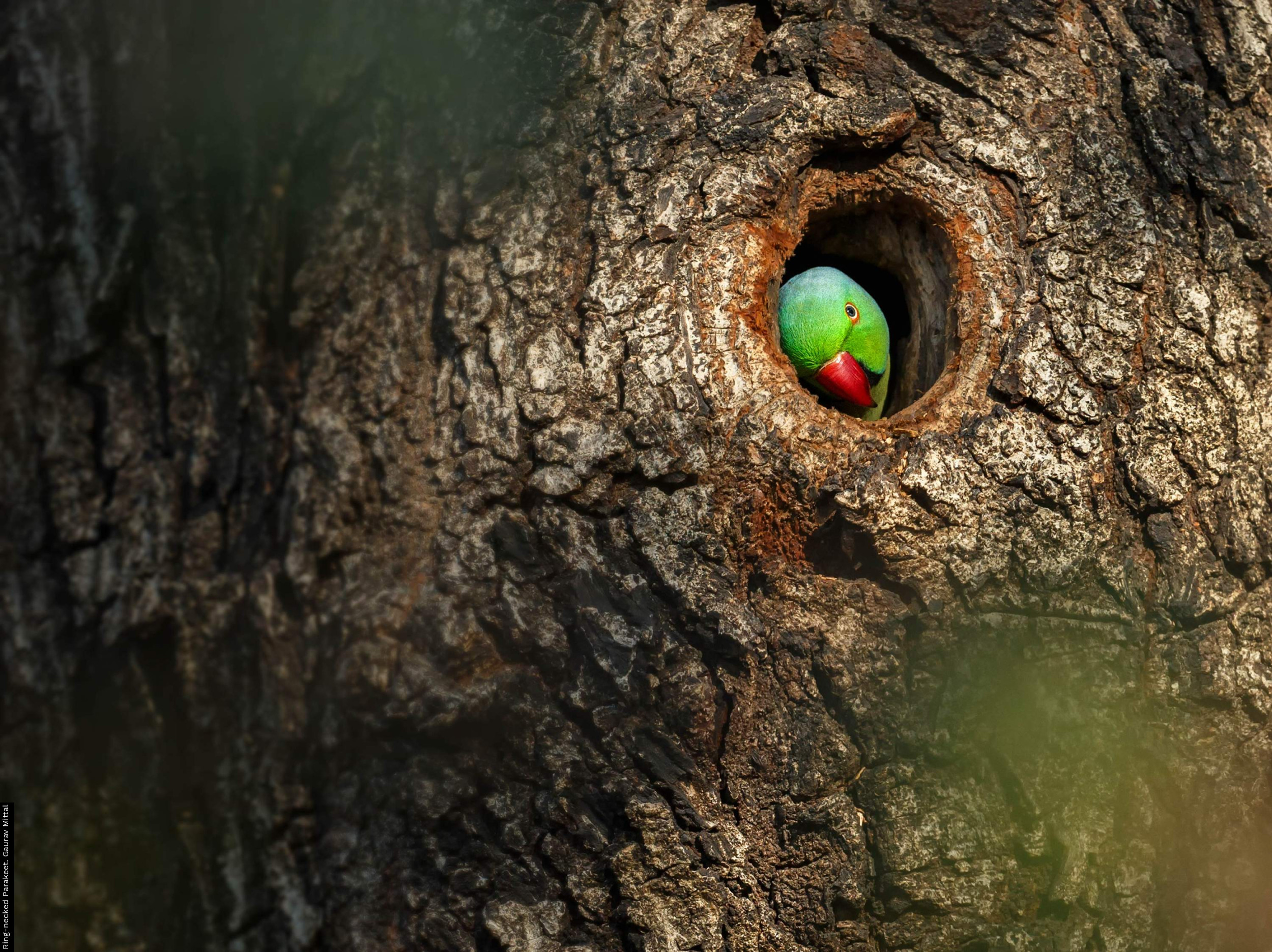
Publisher: Sacristy Press, Durham
Publication Year: 2016
Binding: Hardback
Page Count: 406
ISBN Number: 9781910519134
Price: £ 55.00
Sacred Ibis: the Ornithology of Canon Henry Baker Tristram, DD, FR
The lives of past naturalists have featured on the bestseller lists in recent years, with contemporary nature writers exploring the lives of their heroes whilst simultaneously examining their own relationships with nature in books such as Macdonald’s “H is for Hawk” (TH White) and Sjöberg’s “The Fly Trap” (R Malaise). “Sacred Ibis: the ornithology of Canon Henry Baker Tristram” is a more scholarly affair, although the author has been an admirer of this Victorian parson-naturalist (1822 – 1906) since his school days. This biography is a comprehensive guide to Tristram’s ornithological accomplishments at an exciting time in natural history. These include in taxonomy, describing 50 bird (sub-) species; in his role as one the seven founder members of the BOU; and in publishing several books and many articles including two papers in the first volume of the BOU journal Ibis in 1859. One of these contained the first statement in print in support of Darwin and Wallace, with extra evidence for natural selection.
I would have found an introduction or overview useful at the start of the book, which plunges, after an interesting account of his Northumberland childhood haunts, into recounting Tristram’s many foreign expeditions, detailing the birds recorded, interspersed with chapters on important ornithological developments in England. Hale at first appears somewhat apologetic at commending an ornithologist who collected over 20,000 bird skins during his long career, most shot and preserved by Tristram himself, notwithstanding their great scientific worth. At the end of the book we learn how Tristram was at the forefront of bringing in early conservation legislation in the 1860s to introduce close seasons for birds to protect their breeding populations and became vice-president of the newly formed (R)SPB (1892-1906).
It is assumed the reader is well-versed in ornithology and its history and figures such as Tristram’s great friend and ornithological partner Professor Newton of Cambridge. It took a while for me to feel I was getting to know Tristram’s character and achievements. Persevering, however, the story of a quite extraordinary man emerges, who successfully combined a religious and scientific career. Remarkably, it was respiratory ill-health which prompted Tristram’s first major overseas visit (to the Bermudas) and allowed his outstanding field skills and adventurous nature to flourish. There cannot be many Canons of Durham cathedral who forgot to inform the English Consul they’d escaped from a Palestinian village before 120 cavalry, 170 infantry and two brass canons arrived to rescue him!
This book will appeal most to those studying Tristram, Newton, Darwin or their contemporaries, but will also be enjoyed by those interested in the exploits of pioneering naturalists. The extracts and plate reproductions may prompt you to discover Tristram’s own books and writings, for as Newton wrote to his friend on his deathbed, “It was your Palestine papers that to a very great extent caused the success of the second series of the Ibis; [others’] were of great scientific interest, but they failed in the qualities for reading, while your articles possessed both merits”.Book reviewed by Teresa Frost






Share this page